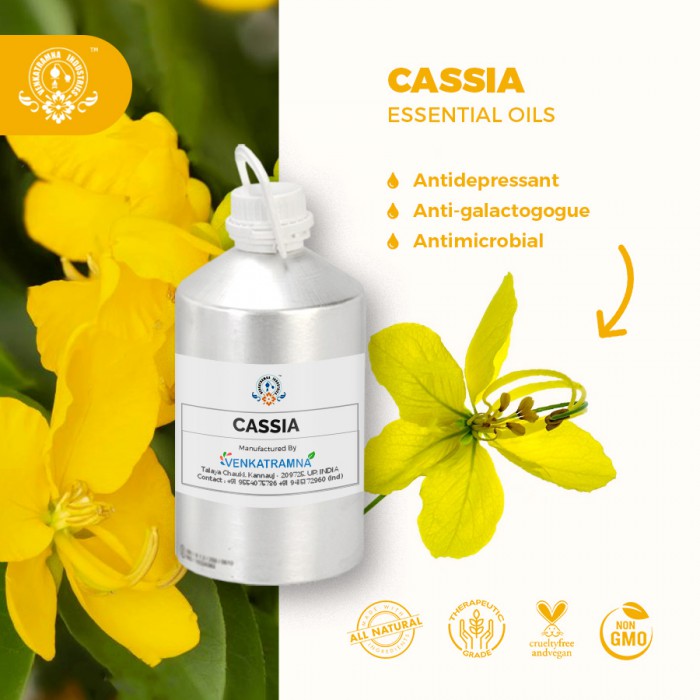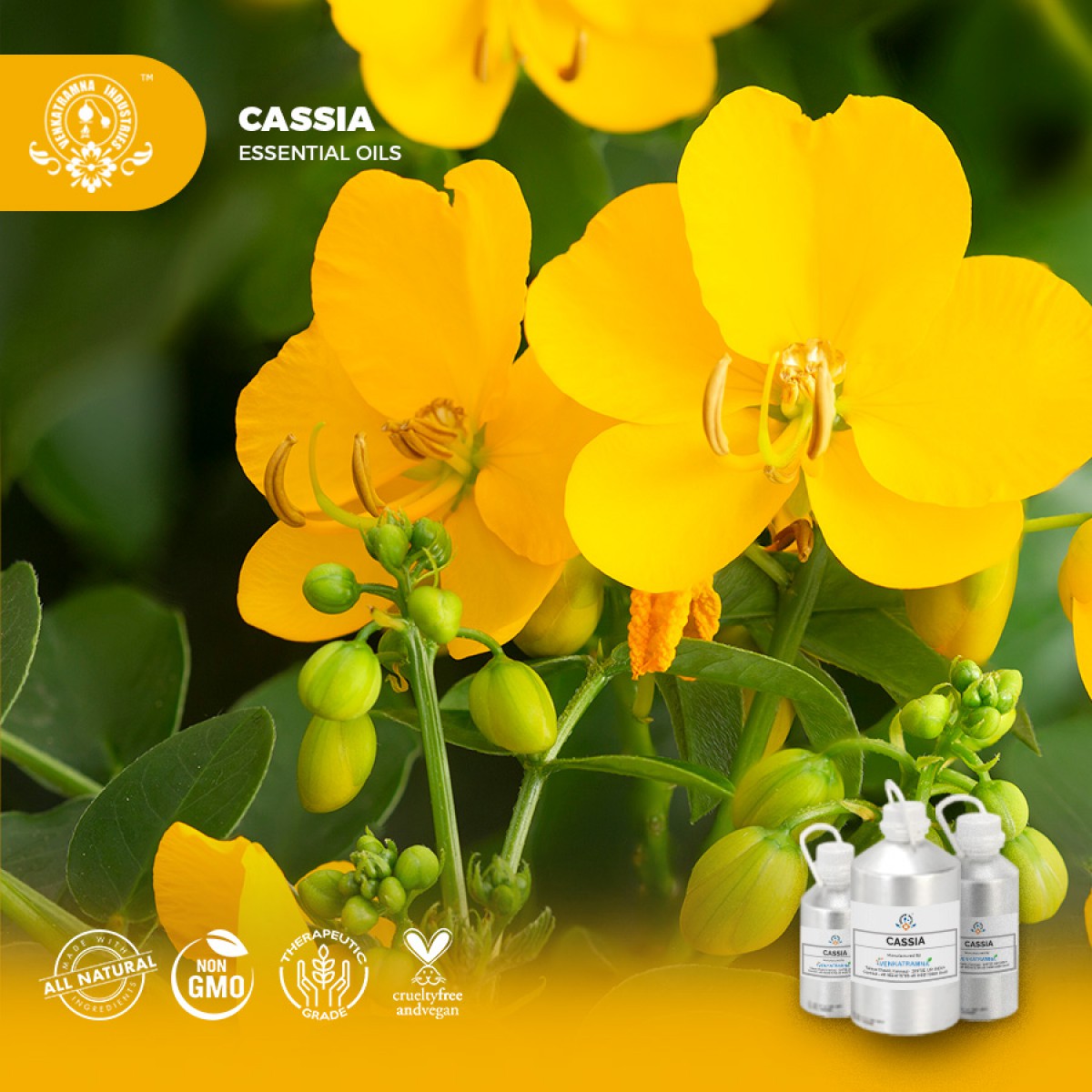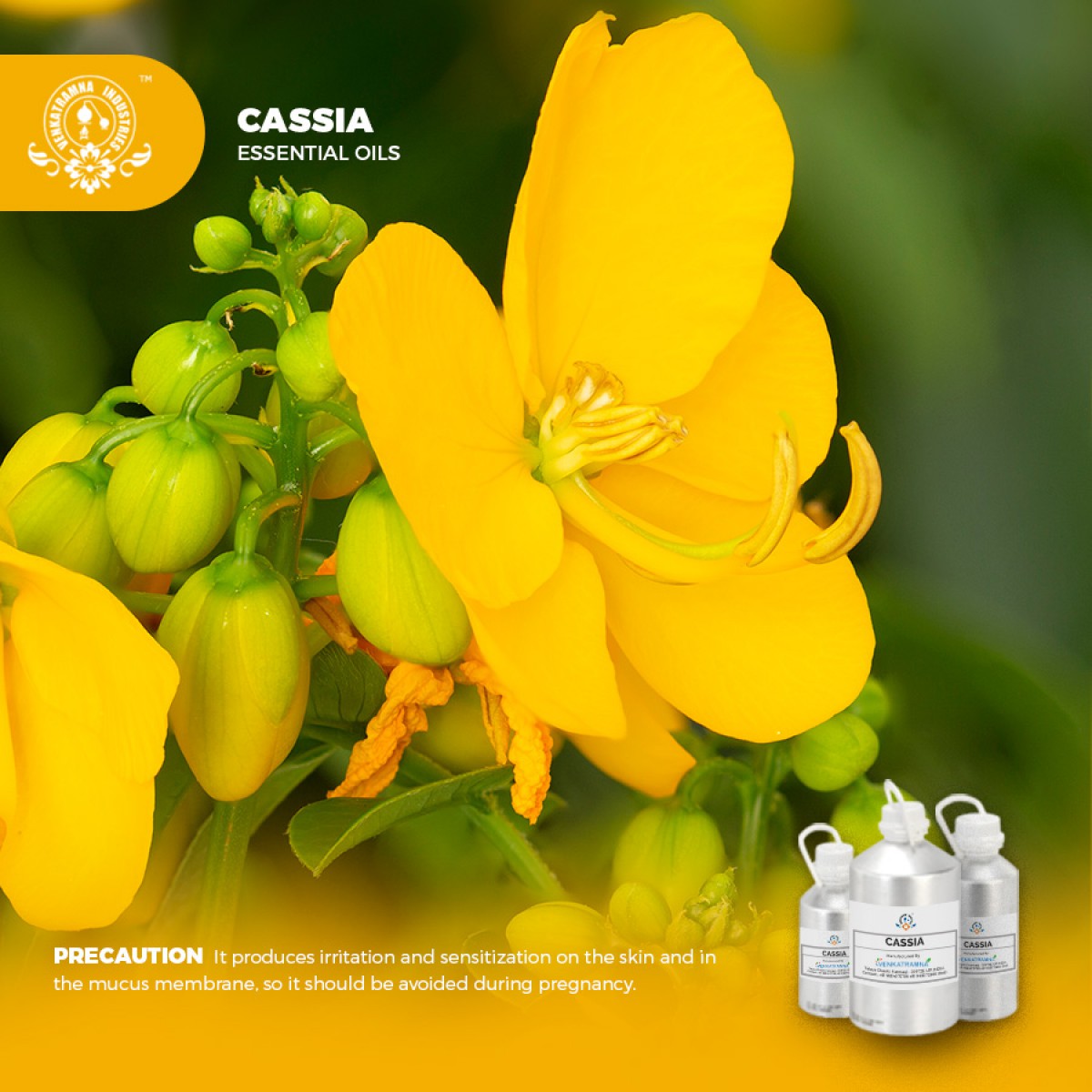Botanical Name: Cinnamomum cassia Common name: Cassia cinnamon, Chinese Cinnamon, T Read More
|
Botanical Name: |
Cinnamomum cassia |
|
Common
name: |
Cassia cinnamon, Chinese Cinnamon, Taja |
|
Plant family: |
Lauraceae |
|
Genus: |
Cinnamomum |
|
Appearance/Color: |
Yellow to brown mobile liquid |
|
Odor: |
Strong, spicy flavor |
|
Blends With: |
Benzoin, clove bud, coriander, cardamom, frankincess,
ginger, grapefruit, lavender, rosemary, and thyme. |
|
Origin |
China |
The
genus Cinnamomum (Laureaceae family) consists of 250 spices of trees
and shrubs distributed in south-east Asia, China, and Australia. It is a small,
evergreen tree, 10–15 m tall. The bark is widely employed as a spice, its
leaves are ovate-oblong in shape, and 7–18 cm long. The flowers, arranged
in panicles, have a greenish color and have a rather disagreeable odor. The
fruit is a purple 1 cm berry containing a single seed. It is found in
tropical rain forests, where it grows at various altitudes from highland slopes
to lowland forests and occurs in both marshy places and on well-drained soils.
However, in latitudes with seasonal climatic conditions, they become
exceedingly rare. There are two main varieties of cinnamon namely the Ceylon or
true cinnamon (Cinnamon zeylanicum) and cassia (Cinnamom aromaticum). C.
zeylanicum is native to Sri Lanka and tropical Asia and exotic to
several African countries, such as Comoros, Ghana, Madagascar, Mauritius,
Nigeria, Seychelles, Sierra Leone, Tanzania, and Uganda.
Cassia cinnamon comes from the Cinnamomum cassia tree, also called Cinnamomum aromaticum. It originated in Southern China and is also known as Chinese cinnamon. However, there are several subspecies now widely grown across Eastern and Southern Asia. Cassia tends to be a dark brown-red color with thicker sticks and a rougher texture than Ceylon cinnamon. Cassia cinnamon is considered lower quality. It is very cheap and is the type most consumed around the world. Almost all cinnamon found in supermarkets is the cassia variety. Cassia has long been used in cooking and in traditional Chinese medicine. Roughly 95% of its oil is cinnamaldehyde, which gives cassia a very strong, spicy flavor.
DISCLAIMER
The complete range of conditions
or methods of use are beyond our control therefore we do not assume any
responsibility and expressly disclaim any liability for any use of this
product. Information contained herein is believed to be true and accurate however,
all statements or suggestions are made without warranty, expressed or implied,
regarding accuracy of the information, the hazards connected with the use of
the material or the results to be obtained from the use thereof. Compliance
with all applicable federal, state, and local laws and local regulations
remains the responsibility of the user.
The FDA has not evaluated the
statements on this website. No claims are made by Venkatramna Industries as to
the medicinal value of any products from vriaroma.com or by us. The information
presented here is for educating our customers about the traditional uses of
essential oils and is not intended to diagnose, treat, cure, or prevent any
disease. You are responsible for understanding the safe application of these products.
If you have any questions, please call or email us for further information.
As per NAHA guidelines, New Directions Aromatics
(NDA) does not recommend the ingestion of essential oils. It is imperative to
consult a medical practitioner before using Essential Oils for therapeutic
purposes. Pregnant and nursing women and those taking prescription drugs are
especially advised not to use this product without the medical advice of a
physician. The oil should always be stored in an area that is inaccessible to
children, especially those under the age of 7.
As a traditional Chinese medicine Cinnamomum cassia Presl has a wide range of
pharmacological activities and a long history of use as a drug. The earliest
medicinal history of this plant was recorded in the Shennong Bencao Jing, which is the earliest and most
important encyclopaedia of traditional Chinese medicine in the Eastern Han
Dynasty (25–220 AD). In this classic, C. cassia was used for
treating arthritis. In Mingyi Bielu, the function
of C. cassia was analgesic.
In Yaoxing Lun, which is another known
traditional Chinese medicine classic, C. cassia was used for
treating bellyaches and dysmenorrhea. In addition, C. cassia was also recorded in other famous
traditional Chinese medicine books, such as Tangye
Bencao, Bencao Gangmu, Bencao Jingshu, Bencao Huiyan, etc.
Nowadays, C. cassia has become a common
traditional Chinese medicine for treating nephropathy, dysmenorrhea, menoxenia
and diabetes . In order to be applied to clinic better, various dosage forms,
such as pills, capsules, granules, oral liquid and so on, have been developed
Cassia Oil in Pharma
The aroma and the flavor of
Chinese Cinnamon comes from an essentialoil extracted from the bark, which
contains the compound cinnamaldehyde. In low dosages, cinnamaldehyde is a
central nervous system stimulant and alleviates spasms. Melilotic acid, also
found in Chinese Cinammon, has anti-ulcerogenic properties.
Key therapeutic benefits:
·
The herb is used in gastrointestinal disorders
such as mild stomach spasms, bloating and flatulence.
·
Because of its strong aroma, it stimulates the
central nervous system.
·
Chinese Cinnamon is also used to treat ulcers.
Essence of Cassia Oil
Essential oils
of cinnamon bark and leaf are widely used
in food flavours, cosmetics and pharmaceuticals. Cinnamon
is mainly used in the aroma and essence industries due to its fragrance, which
can be incorporated into different varieties of foodstuffs, perfumes, and
medicinal products. The Oil is rich in monoterpenoids and phenyl
propanoids. (E)-Cinnamaldehyde is the main component of cinnamon oil and
eugenol the main component of the leaf oil. The scent of cinnamon is spicy,
sweet, and for many, filled with happy memories of delicious food and cozy
days. Cinnamon oil is prized for its lush fragrance. It’s also linked to
several health and beauty benefits.
COMMON USAGE
·
Antibacterial properties
·
Antifungal properties
·
Antidiabetic properties
·
Antioxidant properties
Ingredients:
|
S.No |
Key Constituents |
Strength (%) |
|
1 |
(E)-cinnamaldehyde |
54.6-90.1 |
|
2 |
(E)-cinnamyl acetate |
1.4-12.5 |
|
3 |
(Z)-cinnamaldehyde |
0.4-10.5 |
|
4 |
Benzaldehyde |
1.1-6.3 |
|
5 |
salicylaldehyde |
0.05-3.1 |
|
6 |
Benzyl benzoate |
0-2.9 |
|
7 |
coumarin |
0.03-2.5 |
|
8 |
a-copaene |
0-2.2 |
|
9 |
Phenyl-propanal |
0-1.65 |
|
10 |
Anisaldehyde |
0-1.0 |
|
11 |
Cinnamyl alcohol |
0-0.2 |
|
12 |
Methyl-eugenol |
0-0.1 |
TOXICOLOGICAL
INFORMATION
Safety Summary
·
Hazardous: contain methyl-eugenol, Drug
interaction, may inhibit blood clotting, Embryo-toxicity, skin sensitization,
mucous membrane irritation
·
Contraindications: pregnancy, breastfeeding
·
Cautions (oral): diabetes medication,
anticoagulant medication, major surgery, peptic ulcer, hemophilia, other
bleeding disorders.
·
Cautions: hypersensitive, diseased or damaged
skin, children under 2 years of age.
Organ Specific Effects
·
Adverse skin reactions: cassia oil is
non-phototoxic. The undiluted oil was severely irritating to rabbits, and was
mildly irritating to mice. Tested at 4% on 25% volunteers for 48 hour it was
not irritating, but when patch tested at 100% for 24 hours there were two
positive reactions of 24 test subjects. In a maximation test at 4%, cassia oil
produced positive reaction in two out of 25 test subjects. A girl employed in
dipping toothpicks in cassia oil had a skin reaction affecting her hands, face
and abdomen. In a study of 200 consecutive dermatitis patients, two were
sensitive to 2% cassia oil on patch testing. Of 750 consecutive dermatitis
patients, five were sensitive to 2% cassia oil.
·
Cardiovascular effects: Cinnamaldehyde
inhibits platelet aggregation, an essential step in the blood clotting cascade.
Cinnamaldehyde, at oral doses of 5,10 or 20 mg/kg/day for 45 days,
dose-dependently decreased plasm glucose concentrations in
streptozotocin-diabetic male rats.
·
Reproductive toxicity: In tests using
cinnamaldehyde, there are inconclusive signs of reproductive toxicity. When
cinnamon bark oil was fed to pregnant mice for two weeks it significantly
reduced the number of nuclei and altered the distribution of embryos according
to nucleus number.
·
Hepatotoxicity: At 25 or 50 mg/kg ip in
rats, both cinnamaldehyde and cassia oil reduced the activity of glutathione
S-transferase, but did not deplete glutathione, which slightly increased.
Systemic Effects
·
Acute toxicity cassia oil acute oral LD50 in
rats 2.8 mL/kg; acute dermal LD50 in rabbits 0.32
·
Carcinogenic/anticarcinogenic potential cassia
oil was significantly cytotoxic to 3LL mouse Lewis lung cancer cells. Both
glutathione depleting and anticarcinogenic actions are due to conjugation with
sulfhydryl biomolecules.
·
Drug interactions antidiabetic or anticoagulant
medication.
·
NTP: No component of this product present at
levels greater than or equal to 0.1% is identified as probable, possible or
confirmed human carcinogen by IARC.
·
OSHA: No component of this product present at
levels greater than or equal to 0.1% is identified as probable, possible or
confirmed human carcinogen by IARC.
·
STOT-single exposure: Not specified
·
STOT-related exposure: Not specified
·
Aspiration hazard: Not specified
ECOLOGICAL INFORMATION
·
Toxicity
Harmful to aquatic life with long lasting effects. The product must not be
allowed to run into drains or waterways.
·
Substances classified as category 1 Acute
toxicity
·
Crustacean toxicity: Duration of exposure :
48 h CE50 = 1.61 mg/l Species: Daphnia sp. OECD Guideline 202 (Daphnia sp. Acute Immobilisation Test)
·
Persistence and degradability Biodegradation is
expected
·
Bio-accumulative potential Bioaccumulation is
unlikely
·
Mobility in soil Unknown





 MSDS-Cassia.pdf
MSDS-Cassia.pdf




